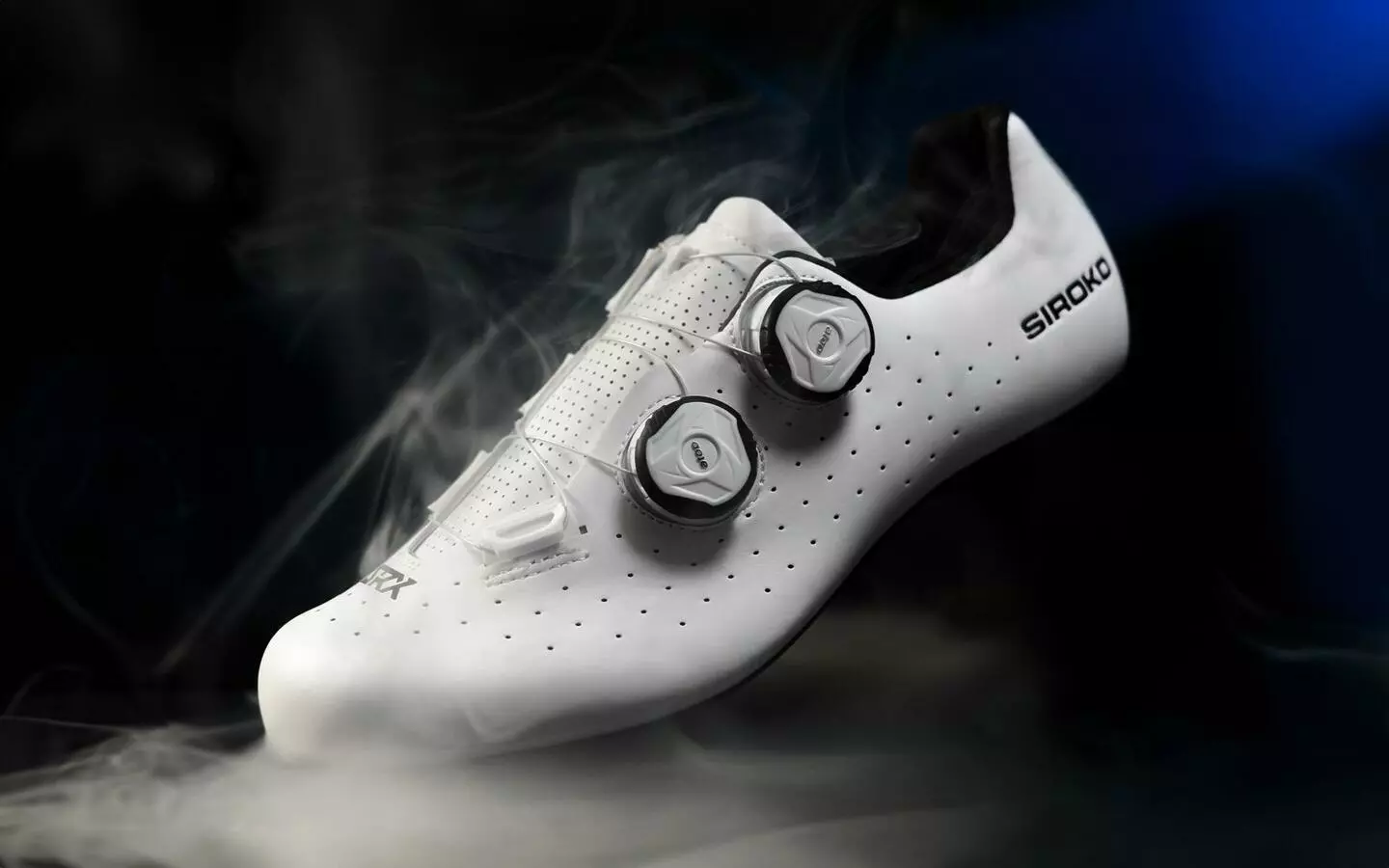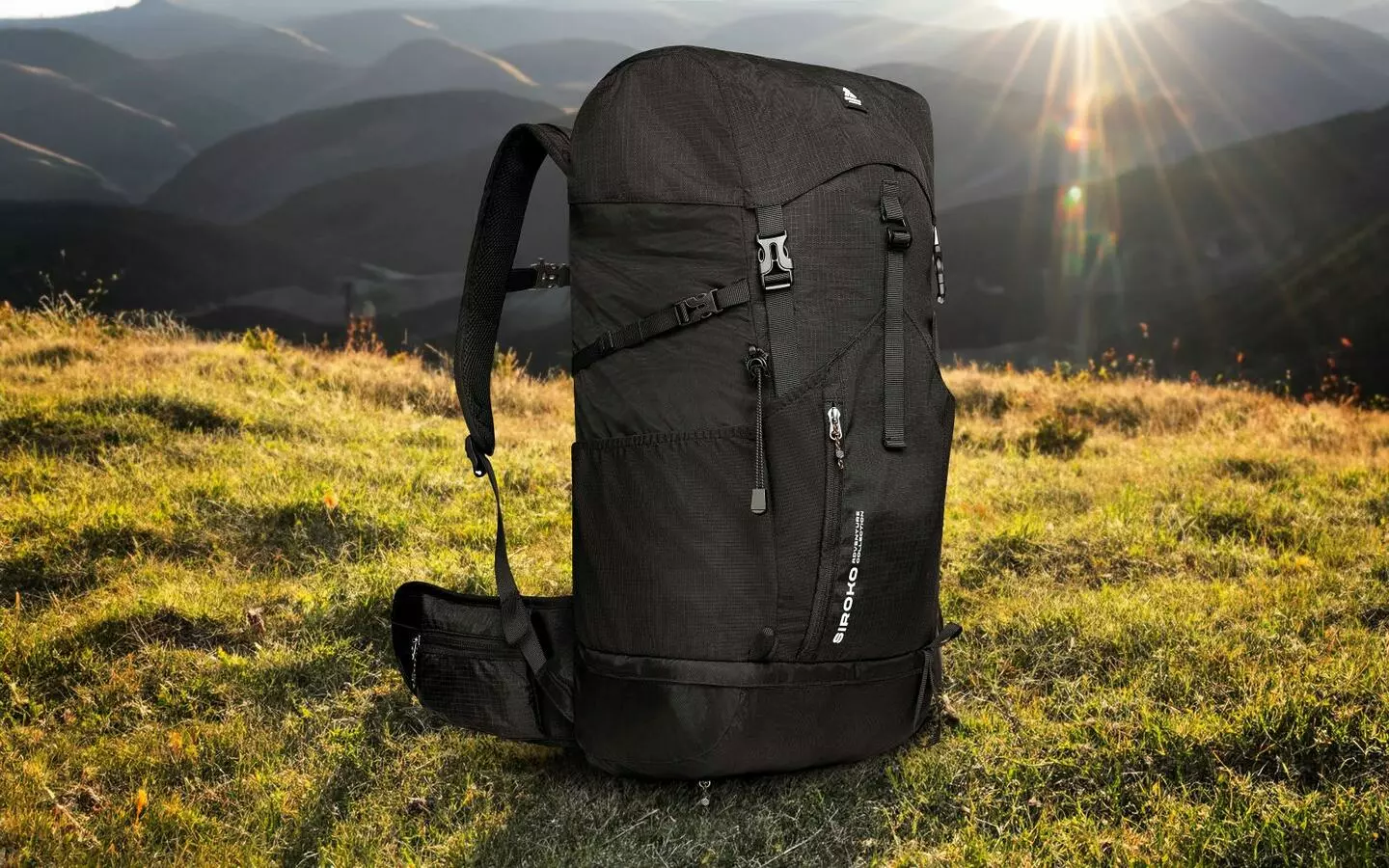In this guide for beginner cyclists we are going to talk about the components of bicycle gears, explain how they work and give you a series of tips and tricks to use them correctly. Regardless of the type of bike or discipline, here are some general aspects to help you operate the gears quickly and avoid mistakes.
Let’s start by learning about the components of bicycle gears:
- Shifters. The right shifter switches the rear gears (cassette) and the left shifter the front gears (chainrings). The only shifters that do not use this rule are the Sram electronic road groupsets.
- Front derailleur.
- Rear derailleur.
- Steel cables and sheaths in mechanical gears. In electronic groupsets there is no metal cable or sheath, instead there is an electric cable or no cables, as in the Sram wireless groupsets.
- Chainrings.
- Cassette.
- Chain.
How do bicycle gears work?
In mechanical groupsets there are one or two levers on each shifter. When we operate them, we pull or release the metal cable that goes inside the sheath, which pulls (or releases) the front or rear derailleur to raise (or lower) the chainring or sprockets.
In electronic shifting, pressing the buttons on the left or right shifter sends an electric signal that activates the front or rear derailleur mechanism respectively (except for Sram electronic road groupsets).
How do you know how many gears a bicycle has?
Depending on the number of chainrings and sprockets of the cassette there can be 2×10, 2×11, 2×12, 1×11 or 1×12 bikes. There are many more options but these are the most common ones in road and mountain bikes today and we get 20, 22, 24, 11 and 12 gears respectively. Sometimes cyclists say they have a 9-, 10- or 11-speed bike. In this case they are referring only to the number of sprockets on the cassette, they are not counting the chainrings.
Each gear is a combination of the number of teeth on the chainring and the number of teeth on the sprocket. If we have chainrings with 50/34 teeth and there’s a range of 11 to 28 teeth on the cassette, we’ll get 50×11 as the highest gear and 34×28 as the lowest gear. Therefore we are “upshifting” when we shift to a higher gear and “downshifting” when we shift to a lower gear.
Tips for the correct use of gears
Avoid cross-chaining. The straighter the chain, the less friction and therefore the faster and more efficient the transmission of power from the pedals. Remember that a crossed chain bends in four places. When it comes off the sprocket, when it enters the chainring, when it leaves the chainring from below and when it enters the rear derailleur cage plate. The more crossed it is, the more it bends.
Therefore, on double-chainring bikes it’s better not to use the 3 smallest sprockets when you are on the small chainring and not to use the 3 largest ones when you are on the big chainring. If you don’t follow this rule and you like to have your chain crossed and the rear derailleur stretched, then don’t complain if you end up like Andy Schleck.
Load bearing shifting (shifting gears when applying force) is not good for the drivetrain. It might be hard to always get it right, but try to match your pedaling to the shifting. Ease off the pedaling, shift and then apply force onto the pedals again. This is particularly useful when you shift between chainrings to make sure that the gear has engaged properly and that the chain has not come off. You’ll know you’re doing it right when you shift gears without making it sound like the pros shifting gears during a race.
UNDER NO CIRCUMSTANCES should you shift the chainring as soon as you stand out of the saddle as you’ll be risking a serious accident.
On bicycles with two or three chainrings we come across the problem of an abrupt change of cadence when shifting the chainrings. The best we can do to avoid it (and which is actually what many electronic groupsets do) is to synchronize the shifting of the chainring with the shifting of the sprocket. For example, if we are on 1×8 and we shift to 2×8, the change is abrupt, the cadence is reduced and we have to apply more force on the pedals. At that moment it is convenient to change to 2×6 or 2×5, i.e. two or three sprockets up.
Regardless of the terrain (uphill, downhill, flat, rolling hills) the general advice is to think ahead, anticipate what lies ahead, how the pedaling might feel, and adapt the rhythm to the circumstances. Do not wait until the last moment to make a sudden shift of several gears up or down. That can lead to a broken or dropped chain, especially when going uphill.
In each and every terrain you should find a gear that will let you cycle comfortably, and as we always say: every cyclist has their own level and pace. We can’t tell you which one is yours or which one is more efficient because we simply don’t know. It depends on what you want to do when cycling and the “engine” you have. This engine is your whole body, from your legs to your brain and your heart, lungs and blood. If you go out for a ride with family or friends you want a comfortable pace so you can talk and enjoy the ride. On the other hand, if you are out to get the QOM or KOM (Queen or King of the Mountains) title, your pace will be as comfortable as a bed of nails for a fakir.
So much for the theory. To learn how to shift gears, simply get on the bike and find an easy route with different types of terrain. This way you’ll get used to operating the shifters, trying out the gears and feeling the sensations of pedaling at different cadences on different terrains. The more time you spend on the bike the more comfortable you will be shifting gears and at some point you will even feel that you don’t need to shift to face that climb that was so difficult at the beginning. Just grit your teeth, press the pedals harder and push yourself to the limit – you’ll see that the gears are inside you.




